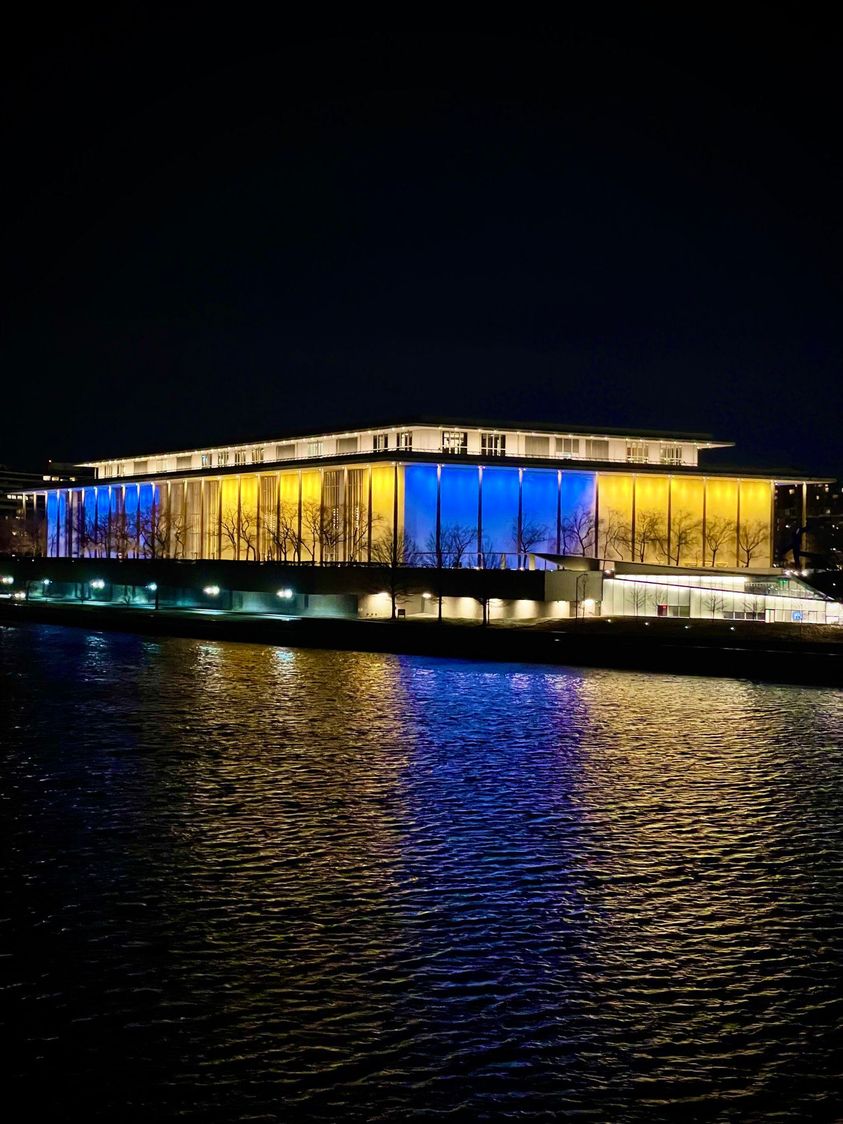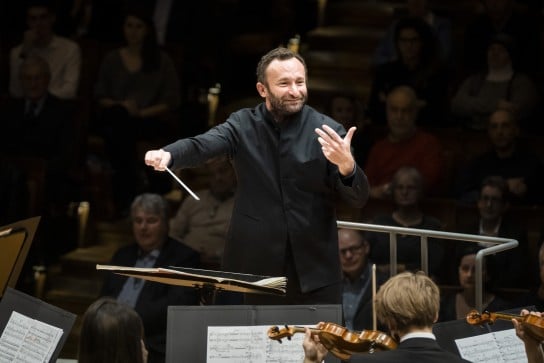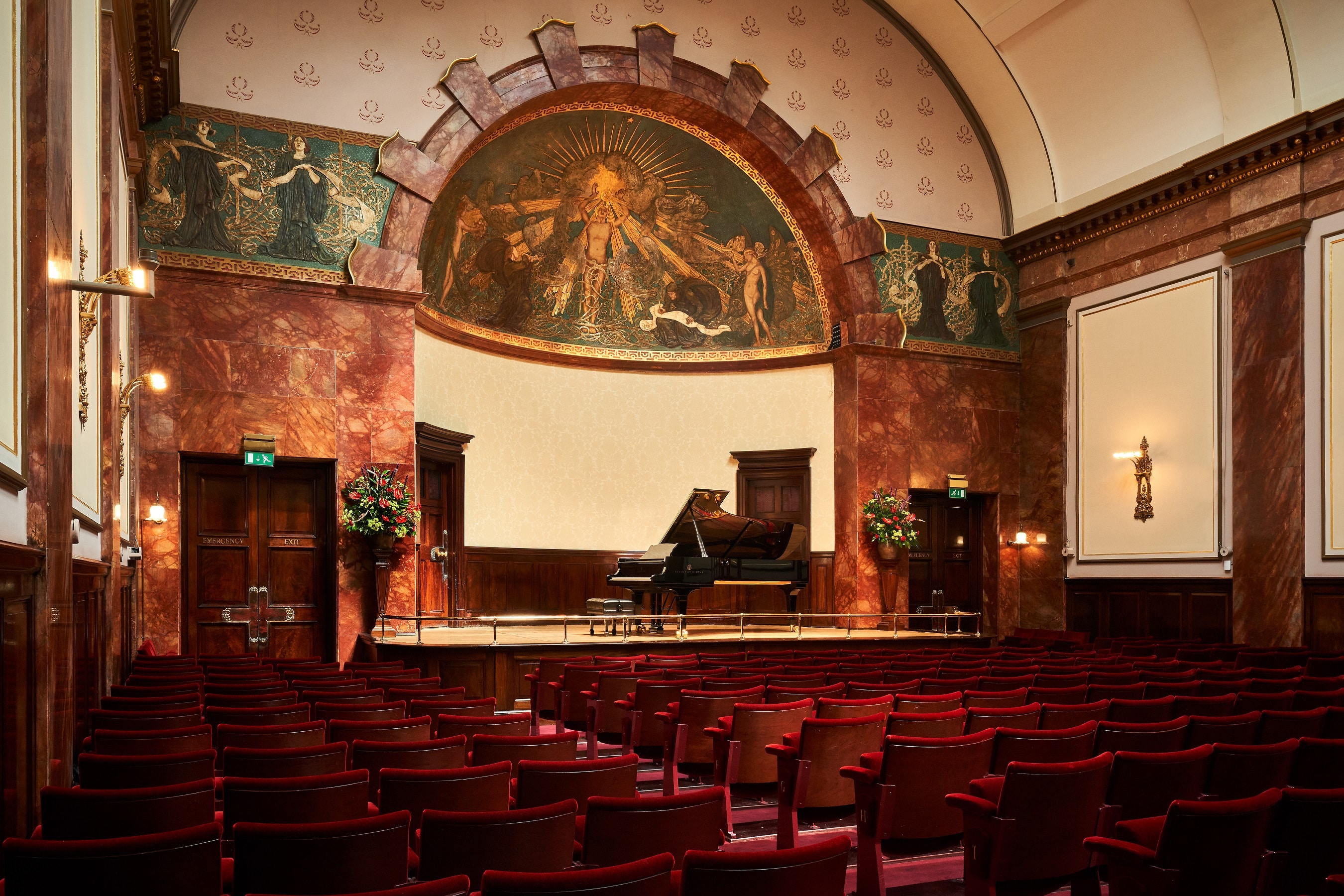World’s worst job? Sound effects man on a porn film
UncategorizedGrant Meyers designs sound effects for sex films. He seems like a nice person.
(There are no improper images on this short film. We share it as an example in sound recording and production.)

Sample quote: ‘When you’re watching an erotic film, you’re watching pixels. Pixels are not real. Sound is real.’





Comments